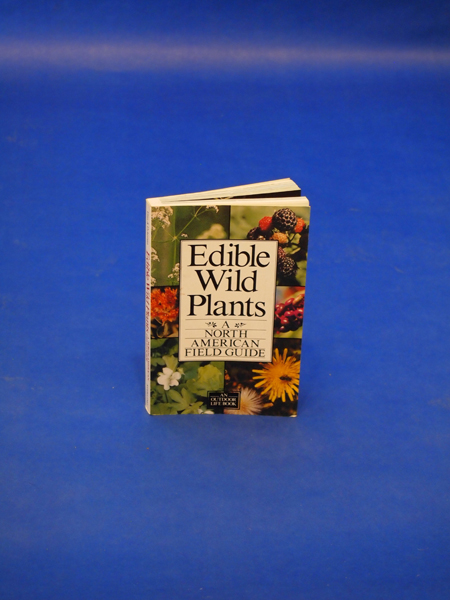![]() body | color | collections | commodity | cube | document | fabric | fetish | gender | glass | home | identity | living | machine | metal | minimal | mobility | narrative | olfactory | organic |
body | color | collections | commodity | cube | document | fabric | fetish | gender | glass | home | identity | living | machine | metal | minimal | mobility | narrative | olfactory | organic |
![]() pain | paper | plastic | plugs | power | protective | rectangular | ritual | round | sound | souvenir | spiritual | style | text-based | time | tool | touch | uniform | value | visual | warm | wood
pain | paper | plastic | plugs | power | protective | rectangular | ritual | round | sound | souvenir | spiritual | style | text-based | time | tool | touch | uniform | value | visual | warm | wood
| Book: Edible Wild Plants - A North American Field Guide | |||
Narrative: Edible Wild Plants: A North
American Field Guide Color printing inks are made primarily with linseed oil, soybean oil, or a heavy petroleum distillate as the solvent combined with organic pigments. The pigments are made up of salts of multiring nitrogen-containing compounds (dyes), such as yellow lake, peacock blue, phthalocyanine green, and diarylide orange. Inorganic pigments also are used in printing inks to a lesser extent. Some examples are chrome green (Cr2O3), Prussian blue (Fe4[Fe(CN)6]3), cadmium yellow (CdS), and molybdate orange (a mix of lead chromate, molybdate, and sulfate). Black ink is made using carbon black. White pigments, such as titanium dioxide, are used either by themselves or to adjust characteristics of color inks. Inks also contain additives such as waxes, lubricants, surfactants, and drying agents to aid printing and to impart any special characteristics. Printing ink is a $10 billion global industry. The paper was made from pulp obtained by
chemical means, known as kraft pulping. Chips of wood were
placed in a large, sealed container known as a digester. The
digester contained a strongly alkaline solution of sodium
hydroxide and sodium sulfide. Bleaching removes lignin and
involves mixing the pulp with a series of oxidizing chemicals
that react with the lignin. After each mixture, the pulp was
washed with an alkaline solution that removes the treated
lignin. Fillers were added to the pulp. (A typical filler
is a clay known as kaolin. Other chemicals often added to
pulp include starches or gums. Rosin and alum are often added
as sizers, making the paper less absorbent.) Pulp was added
to water to form slurry in order to make paper with an even
density. The slurry was pumped onto a moving mesh screen made
up of very fine wires of metal or plastic. Water drained through
the small openings in the mesh, and formed a sheet of wet
material from the slurry. The sheet was moved on a series
of belst made of felt containing wool, cotton, and synthetic
fibers. The dried sheets moved between rollers known as calendars
to make it smooth.
|
 |
||
![]()
